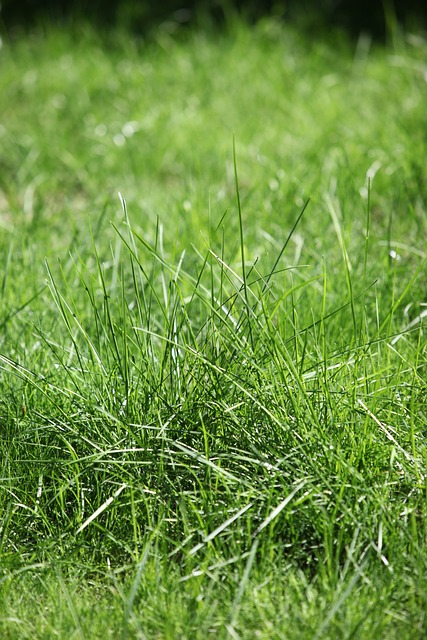Brown spots on lawns in Aurora often stem from foot traffic, poor drainage, inadequate sunlight, and nutrient deficiencies. Overwatering or undervatering causes root rot or crispy grass. Optimal watering involves consistent, targeted practices with 6-8 inches of water penetration, timed for minimal evaporation. Regular inspection and prompt action are key to addressing brown spots.
In the vibrant landscape of Aurora, maintaining a lush lawn can be challenging due to common causes of brown spots. This article explores how identifying these spots and understanding watering patterns can optimize your lawn care routine. By delving into the root causes behind the discoloration, you’ll learn strategies to create an efficient watering schedule, ensuring a healthy, vibrant lawn that flourishes in Aurora’s climate. Discover practical tips for addressing the most prevalent issues affecting your turf.
- Identifying Brown Spots: Common Aurora Lawn Issues
- Understanding Watering Patterns and Their Impact
- Optimizing Watering Schedule for Healthy Lawns
Identifying Brown Spots: Common Aurora Lawn Issues

Brown spots on your lawn are often an indication of underlying issues, and identifying the common causes is a crucial step in optimizing your watering schedule. In the vibrant landscape of Aurora, several factors contribute to these unwelcome patches. One of the most prevalent reasons is excessive foot traffic or heavy use of outdoor equipment, which can compact the soil and prevent water penetration, leading to dry, brown grass.
Another set of common causes includes poor drainage, inadequate sunlight, and nutrient deficiencies. Compacted soils often result from high foot traffic areas, while trees and large shrubs casting dense shadows can deprive nearby grass of essential sunlight. Additionally, nutritional imbalances in the soil due to lack of organic matter or improper fertilization can stress the lawn, making it more susceptible to browning.
Understanding Watering Patterns and Their Impact

Understanding watering patterns is key to optimizing your lawn care routine, especially when addressing common issues like brown spots. In many cases, these unsightly patches are caused by overwatering or undervwatering—a delicate balance that can be easily disrupted. Aurora’s climate brings unique challenges, with varying temperatures and rainfall patterns throughout the year. During hotter months, deep but infrequent watering encourages root growth, while lighter, more frequent waterings are ideal in cooler seasons to prevent excessive evaporation.
Identifying brown spots caused by common causes like poor drainage or compacted soil is crucial for targeted optimization. Overwatering can lead to root rot and fungus, causing patches of dead grass. Conversely, undervatering results in stress, turning grass brown and crispy. Regularly assessing your lawn’s health allows you to adjust watering schedules accordingly, ensuring each area receives the optimal amount of water it needs to thrive.
Optimizing Watering Schedule for Healthy Lawns

Optimizing your lawn’s watering schedule is a crucial step towards achieving a lush, vibrant green carpet. Many homeowners often struggle with understanding the ideal frequency and duration for watering, especially in areas like Aurora where varying weather conditions can impact grass health. One common issue residents face is the occurrence of brown spots on their lawns, which can be attributed to several factors. Insufficient watering is a primary cause, leading to deep roots that cannot access moisture at lower soil levels. Conversely, overwatering can also create an environment conducive to fungal diseases, causing patches of dead grass, or brown spots.
To prevent these issues, Aurora residents should aim for consistent and targeted watering. The best practice is to water deeply but less frequently, ensuring the water penetrates about 6-8 inches into the soil. This encourages deep root growth, making the lawn more resilient during dry spells. During hot summers, early morning watering is ideal as it minimizes evaporation, while evenings can be suitable in milder seasons. Regularly inspecting your lawn for any brown spots and adjusting watering accordingly will contribute to a healthy, thriving lawn.
By understanding the common causes of brown spots on lawns in Aurora, such as improper watering patterns, and implementing an optimized watering schedule, homeowners can achieve healthier, lush greeneries. Regular monitoring and adjustments to your lawn’s water needs will not only preserve its beauty but also contribute to its overall resilience against future damage.
